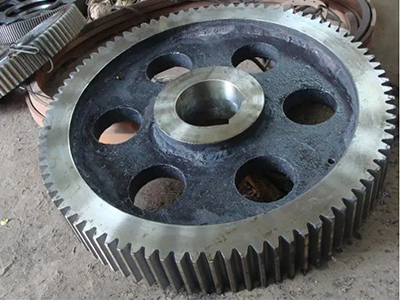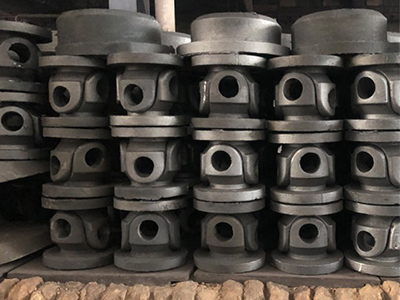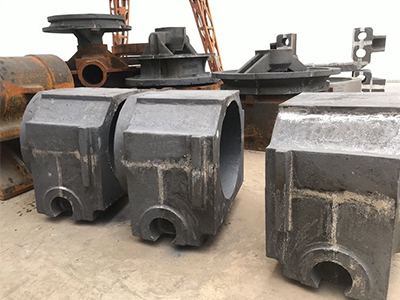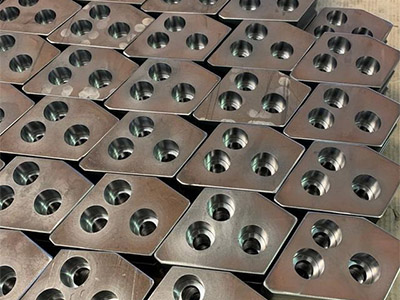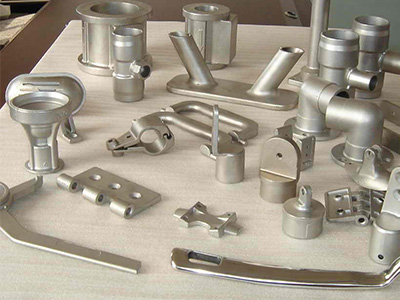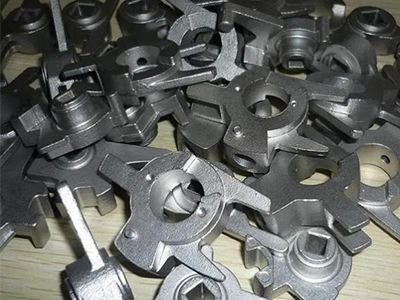- Stainless steel casting manufacturing process
- Difficulties of stainless steel precision casting processing
- Forging steel valve and casting steel valve
- Sand casting production of large steel casting attention
- How is the big gear wheel casting best
- Advantages of high manganese steel castings
- What should be paid attention to when casting machine parts
- The difference between Aluminum Alloy forging and Die casting
- Custom Stainless Steel Casting Manufacturing
- Factors affecting precision casting accuracy
- Call : +86 13390692151
- sale@kfqizhongji.com
-
Room 1, No. 21, Chaoying East Road, Zhoushi,
Kunshan City, Jiangsu Province, China
Learning About a Steel Casting Foundry Where Metals are Cast From
A steel foundry is a metal casting manufacturing facility where metals are cast into forms by heating them until turning them into liquid, depositing the liquid material into a mold, and then extracting the mold material once the metal has hardened as it cools. Steel and cast iron are the most effectively treated metals.
Other metals, including bronze, copper, titanium, magnesium, and tin, can also be used in foundries to make castings. Parts of various forms and sizes can be created during this procedure. Foundries are among the most significant contributors to the industrial recycling revolution, melting and recasting millions of tons of waste metal each year to make new durable items. Furthermore, several foundries employ sand in their molding processes.
Steel casting foundry equipment:
Advanced steel casting foundries are highly automated. They house all of the capital equipment required in the pattern, block making, casting, and molding processes. Massive melting ovens, ladles, forklifts, cranes, conveyors, and transfer containers are among the items on the list. Every piece of foundry equipment is carefully engineered to work dependably at melt shop temperatures.
The primary contrast among foundries is whether they are ferrous (iron or steel) or non-ferrous (aluminum, brass, bronze, copper, etc.). The particular sort of equipment used is decided by the metals the foundry deals with; electric arc burners are great for dealing with steel. An induction furnace is much more probable to be used by a copper-specializing foundry.
The process of steel casting in the foundry:
To comprehend a foundry, you must first understand the casting process. Aspects of workplace, molding, melting, dumping, evacuation, cleaning, deburring, and testing are the basic procedures involved in casting. Because the final casting shape correlates with the mold into which it is poured, molds are meticulously fashioned with a pattern – a wood or metal duplicate of the cast.
The most typical mold ingredient is silica sand. However, molds can be made from various materials depending on the casting steel and process utilized. Foundries do not just make raw castings. They house multiple functions, which frequently include component design, tool construction, prototyping, manufacturing, assembling, and other after-sales activities.
